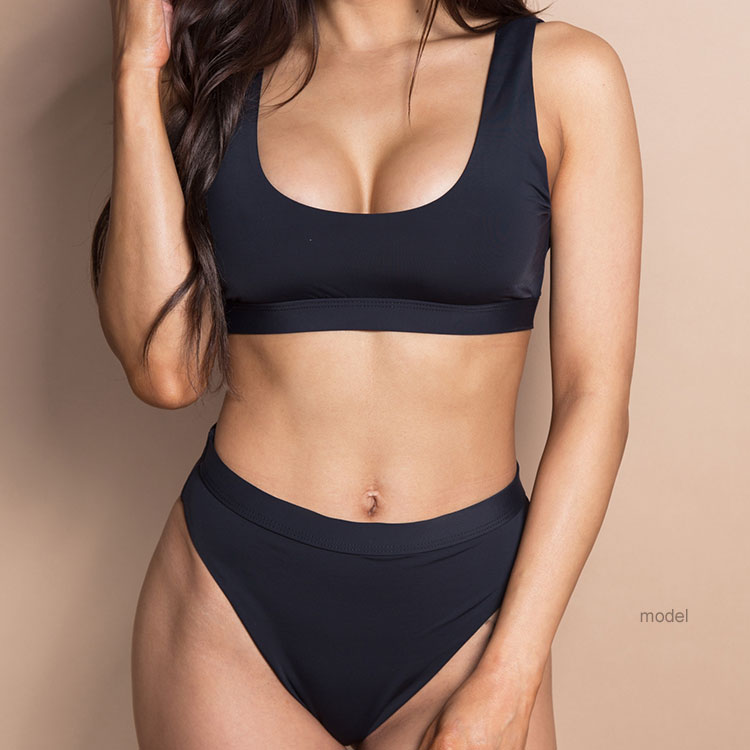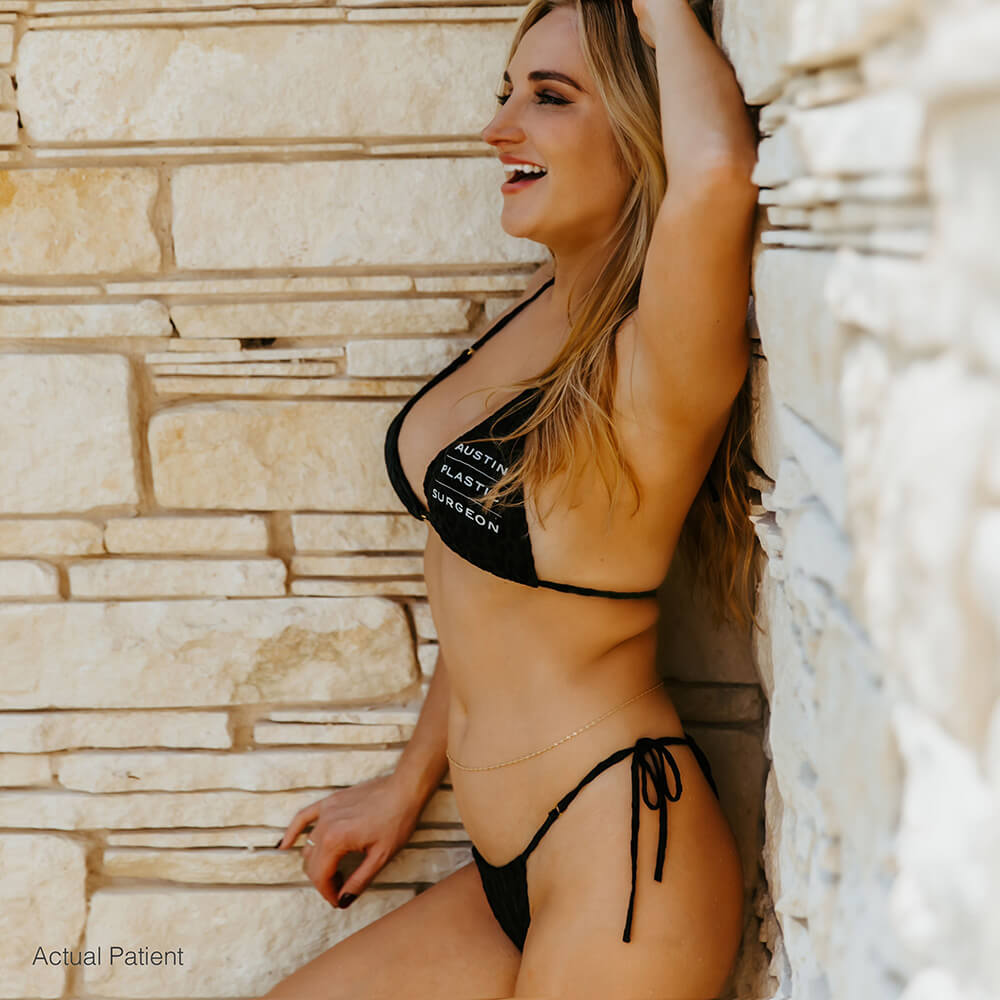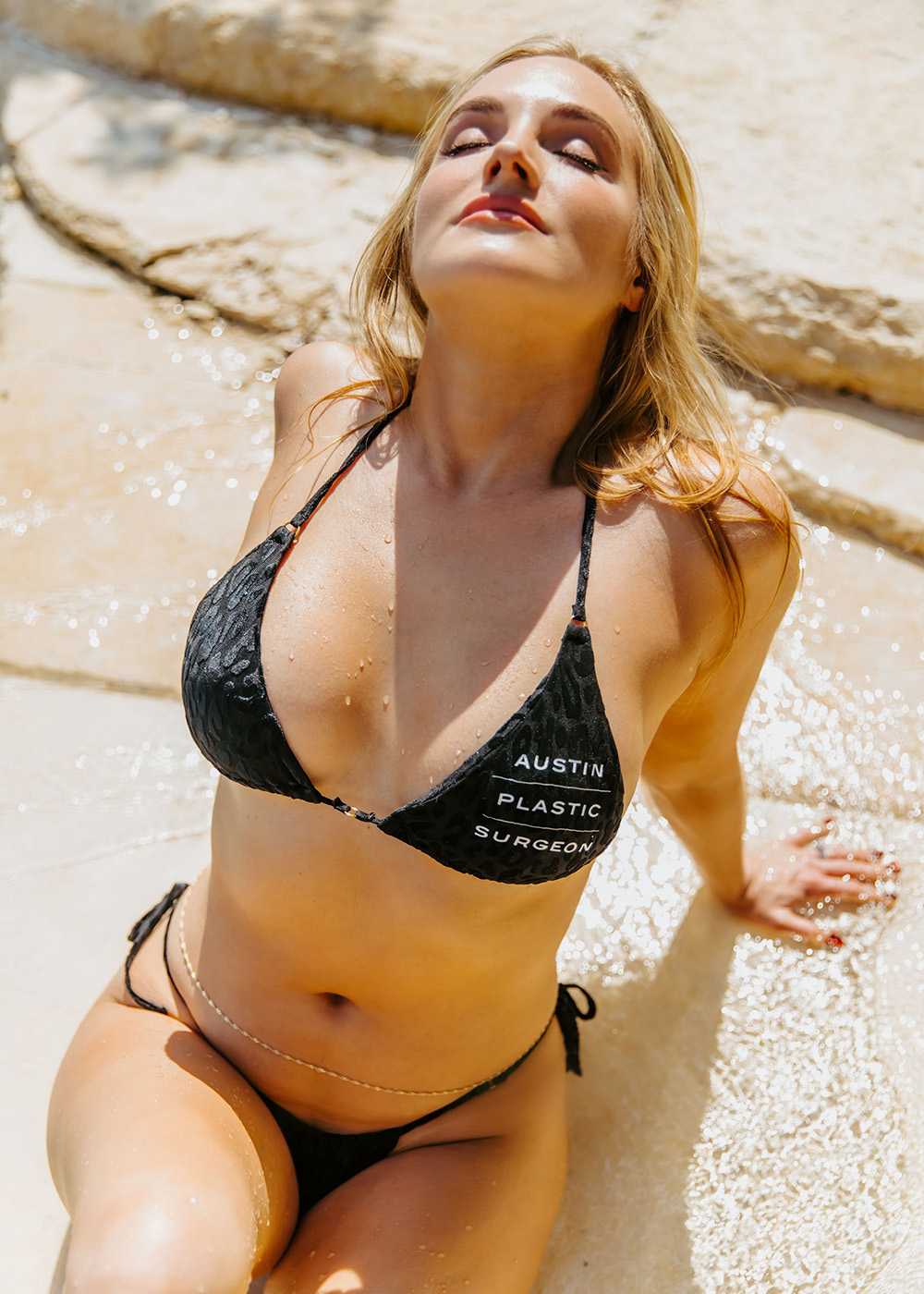

Introduction to Breast Augmentation
It goes without saying that many women desire larger breasts and many men find larger breasts attractive, up to a certain point. Some of this interest in larger breasts may be cultural, but there are also many biological explanations of an attraction to large breasts being hardwired into our genes. Accepting the social and cultural standards of today, and potentially the biologically relevant preference drivers, larger breasts often add to the top/down volume balance in a woman’s body. Suffice it to say that many women experience a gap, if you will, between the natural size of their breasts and the size they desire for their breasts based on their own preference and prevailing social and biological influences. Breast augmentation is a method of increasing the size of the breast in order to meet the desires of women to have larger fuller breasts.

Reasons to Consider Breast Augmentation
Due to reasons of inheritance or development, many women have smaller breasts than they would have if they had a choice in the matter. Well, in fact women can have a choice in the matter and we will get to that soon. Smaller breasts make many women feel less feminine. Avoid the compulsion to consider this feeling a matter of right or wrong, it just simply happens to be the case for many women. Furthermore, many clothes are cut and tailored with larger breasts in mind. Smaller breasts can also make a woman look bottom heavy, when she otherwise might not have that appearance. Whether you agree or disagree with these observations, one cannot deny that there is a significant demand for larger breasts in the United States and Many other parts of the industrialized world.
Solution
Breast augmentation is the process of enlarging the size of the breasts surgically. This can be done with breasts implants or it can be done with autologous lipotransfer (fat injections).
Augmentation with implants
Breast augmentation with breast implants is the most common method of achieving an increase in breast size. A breast implant is a sterile manufactured synthetic device that is placed under the breast. It adds volume to the breast mound thus increasing projection and in most cases improving shape. All breast implants have a silastic (silicone rubber) outer shell. Breast implants are distinguished by the following features: fill material, shell texture, and shape.
Breasts implants are saline implants if they are filled with saline (salt water) or silicone if they are filled with silicone gel. One common concern that comes up when talking to patients about breast augmentation with implants is what happens if there is a leak. If a saline implant leaks, the saline will be rapidly absorbed by the body and the breast will almost all of its augmented volume. Replacement is needed in order to regain the desired shape. The modern silicone implants are designed so that if the capsule fails, there isn’t a true leak. The gel has a consistency such that it is less likely to leak or spread readily to other parts of the breast or body.
While there are differences in viscosity and cohesively for the three major implant manufacturers, modern silicone breast implants use a highly-viscous, highly-cohesive type of silicone gel. The nature of the gel permits the implant to maintain a general shape without being filled to the point of being taught. In a sense silicone implants are both soft and flexible, much more so than a saline filled implant. It is for this reason that my preference is the silicone implant. Don’t get me wrong, if a woman desires a saline implant I will use a saline implant. But when asked what I recommend to close friends and family members, it is easy for me to answer, “Silicone.”
Many women are concerned about the consequences of a leak if they have silicone implants. They are concerned that the silicone will travel in large quantities to other parts of the body. This was a legitimate concern for the earlier generation of silicone implants where the silicone was more of a liquid with a viscosity of oil. When they ruptured the silicone was more apt to travel to others parts of the body easily. This is much less of a concern currently due to the higher viscosity and cohesively of the latest generation of silicone implants. In fact many ruptures are clinically undetectable. That is to say they do not cause an outward change in the appearance or function of the implant. In fact, there may be a small break in the shell with no actual leakage.
In summary breast implants can be saline or silicone. Saline implants are generally more firm and because often in my opinion have less of a natural appearance due to their less flexible shape and scalloping which can occur at their edges. When they rupture they lose volume very rapidly. Silicone implants are softer and more flexible. Thus they produce augmented breasts that are softer and in my opinion more natural looking. Ruptures may occur but with the modern generation of implants leakage and spread of silicone get to other parts of the body is very rare, if in fact it ever happens at all.
Manufacturers
There are three major manufactures of breast implants sold in the United States of America. Allergan has the Natrelle line of breast implants. This line contains both saline and silicone options. The silicone options include smooth round or textured round implants in low profile, moderate profile, and high profile varieties. Natrelle silicone implants in the 410 line are textured shaped implants which have exciting new prospects for improving natural shapes in breast augmentation. The term shaped means that the breast implant has a tear drop shape that mimics the natural shape of a real breast.
Sientra is an established breast implant company that just recently was awarded FDA approval to sell breast implants in the USA. Like the Allergan corporation, Sientra has both saline and silicone breast implant lines. Additionally, like Allergan, Sientra has breast implants that are shaped. In fact, Sientra has three lines of shaped implants.
Mentor is the third breast implant company. It has a line of round saline and silicone implants with options for texture or no texture. To date, Mentor does not have a shaped implant option.
Incision location
The breast implant can be placed into the breast through three different locations. It can be placed through and incision in the axilla (armpit), through a periareolar incision (partially around the pigmented ring around the nipple), or through an inframammary incision (and incision placed on the lower part of the breast just where it meets the chest wall. Each technique has its advantages and disadvantages. I prefer the inframammary incision location because provides the most direct access to either a subpectoral or subglandular pocket location and because it takes the scar of the center of the breast as seen in the periareolar location and places it on the lower part of the breast where it is more difficult to see. With that said I empower all patients to make the choice with which they have the most comfort.

Position of the Implant
During breast augmentation surgery a space has to be created surgically in which to place the implant. This space can be created subpectoral, meaning beneath the pectoralis major muscle. In lay-terms this is referred to as beneath the muscle. The space for the implant can be created above the muscle. This is referred to as subglandular placement. When this is the case the implant is placed beneath the skin, fat, and glandular tissue of the breast but on top of the pectoralis major muscle. Each location has benefits and drawbacks. The most common location for placing a breast implant has been beneath the muscle. This location is best for saline implants for a variety of locations. Because saline implants were the only implants available in the United States for a number of years the subpectoral placement became commonplace and remained commonplace even after the re-introduction of silicone implants. Many women, and perhaps even some surgeons, mistakenly believe that placing the implant below the muscle somehow supports the implant and keeps it in place. This is not true as the muscle only covers the top half to two-thirds of the implant and the orientation of the muscle is such that when it contracts it has the tendency to push the implant down thus causing implant bottoming out over time. It is for this reason that subglandular implant placement may offer some advantages in that the muscle is not interacting with the implant in a manner such that the implant is pushed down. However, subglandular placement is not ideal for all women and I discuss the indications and options with all women during my consultation with them.
Dealing with Asymmetries
Many women have breast size asymmetries. When the asymmetry is minor it is difficult to notice. Breast augmentation can make minor asymmetries even more difficult to detect because the relative difference in the breast size is reduced as the size of both breasts is increased. Thus for this reason women who have slight asymmetries are using augmentation with implants of equal size. However, if the breast asymmetry is large, then breast augmentation can be used as an opportunity to reduce the difference in breast size. This can be accomplished by using implants of different sizes. To achieve greater symmetry one large and one smaller implant is used. The larger implant is placed in the smaller breast and the smaller implant is placed in the larger breast thus reducing the overall difference in size between the two breasts.
Fat Grafting
Fat grafting is an augmentation option for a select group of women. I have been using fat grafting techniques in breast surgery for the last six years having started before it gained popular recognition. Women who benefit most from fat grafting as a method of breast augmentation are those who are moderate sized (B or C) and desire a moderate augmentation (1 cup size increase). In this technique fat is harvested from areas where it is unwanted in the body such as the abdomen, flanks, lower back, thighs, and hips. It is then processed to remove excess fluid and then carefully re-injected into precise locations under the skin throughout the breast. I use a special low relative negative pressure, semi-closed technique to delicately harvest the fat. The fat then is kept in a hypothermic environment while it is being prepared for re-injections similar to the way organs are handled in organ transplantation.

Patient Experience
Breast augmentation surgery is generally well tolerated by patients. General anesthesia is usually used for these procedures. When a patient is going to have the implant placed beneath the muscle I prefer general anesthesia as it leads to greater relaxation of the muscle during surgery and thus a more precise placement of the implant. Breast augmentation surgery is almost always performed as an outpatient procedure. The recovery can be quite quick with most patients returning to work within one to three days and to normal physical activity in one to two weeks. Discomfort, swelling, and bruising are usually minimal. While patient’s experiences do vary, I cannot remember a patient who did not tell me that the recovery was easier than they expected it to be.
Get In Touch
Patients respond to Dr. Weinfeld's expertise and caring patient focused approach. If you have any questions about a procedure or are ready to schedule a consultation, please call or fill out the form below.
Office
Phone: 512-559-1376
Office & Surgery Center
Phone: 512-559-1376
This facility is only for cosmetic and non-insurance based procedures. If you seek insurance based treatments or reconstructive procedures, please search for Dr. Weinfeld in his other facility.
*Please verify the location of your appointment.
Connect with us
